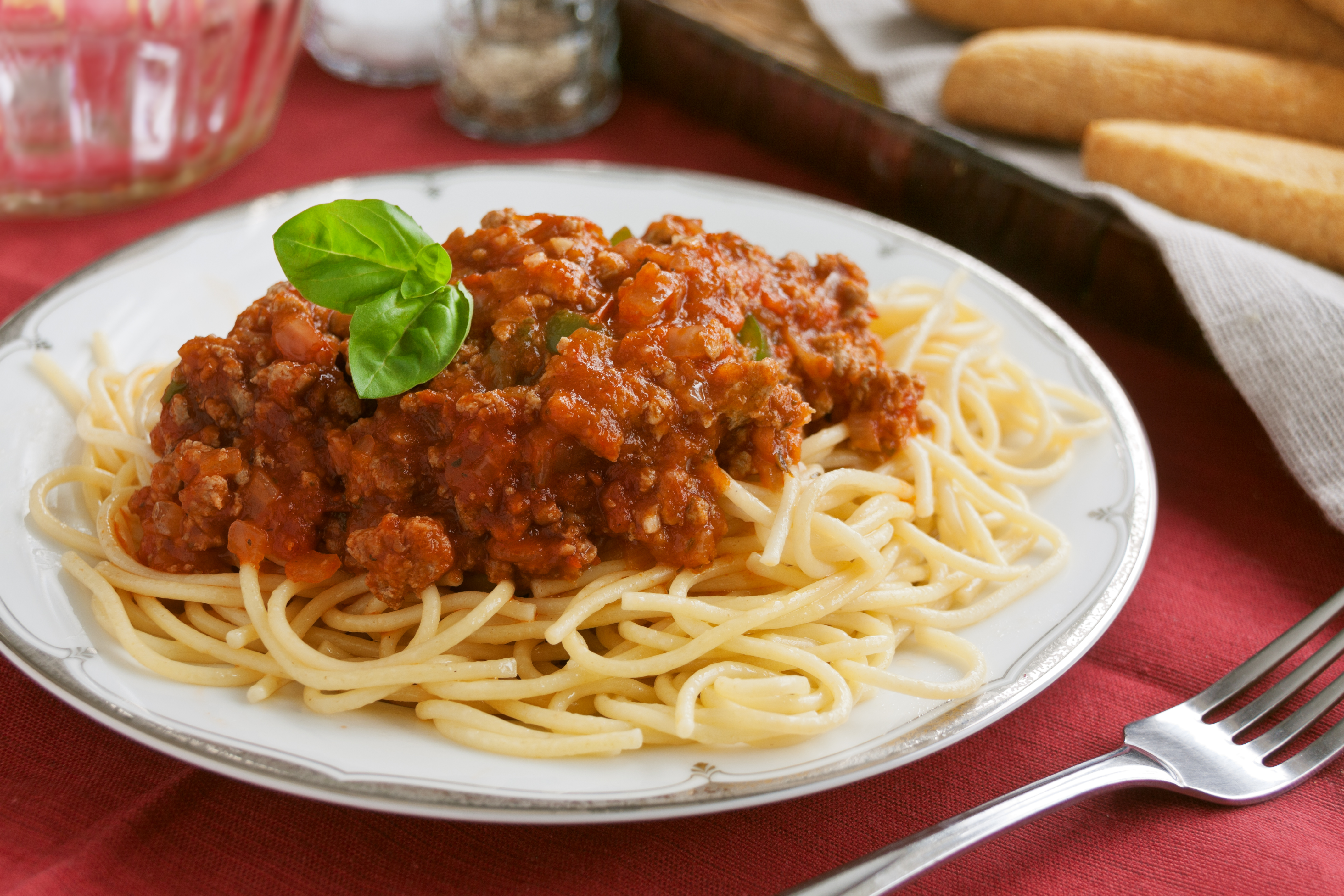Carbs: we love them…a lot. And then we shun them. On behalf of the noodle, let’s use National Noodle Day as a time to pause our low carb diets and embrace noodles, once and for all. Carbs deserve to be on the “in” list and noodles are part of that for sure. So grab your fork and dig in, but do so the right way so that you have your noodle and eat it too.

Let’s start with just how much to have….
In my opinion this is where the love/hate relationship with noodles begins. Here’s the thing, the serving is ½ cup (for a one ounce serving). When was the last time you sat down to a comforting bowl of pasta limited to ½ cup? While it is okay to double or triple the portion (if it fits into your balanced day), it’s essential to know what your pasta currency is. So that’s the first noodle problem, we generally overeat our noodle servings, which leads to weight gain (that we usually blame on the pasta instead of the portion).
What is the best noodle anyway?
Generally speaking, a ½ cup of noodles breaks down like this:
- White flour noodles: 100 calories, 1g fiber, 20.5g carbohydrate, 3.5g protein, 0.5g fat
- Whole wheat noodles: 72 calories, 1.9g fiber, 14.5g carbohydrate, 3g protein, 0.8g fat
- Buckwheat noodles: 100 calories, 1.5g fiber, 21.5g carbohydrate, 3g protein, 0.5g fat
- Veggie blend noodles: 100 calories, 1g fiber, 20.5g carbohydrate, 4g protein, 0.5g fat
As you can see, regardless of the noodle you choose, they all have about 100 calories per serving, and offer similar amounts of fiber, protein, and fat. While the amount of carbohydrate per serving is slightly different, it is the calories that really matter most.
So those are our “traditional” noodles, but what about gluten free? Or spaghetti squash?
Gluten-free noodles are simply noodles that are produced with flours that don’t contain gluten. They are not “better for you” or “healthier” (unless you can’t consume gluten of course!). Looking at that ½ cup portion again, gluten free noodles breakdown like this:
- Gluten free noodles (corn): 88 calories, 3.4g fiber, 19.5g carbohydrate, 1.8g protein, 0.5g fat
Many people choose to pass on grain-based noodles all together and consume spaghetti squash instead. A member of the squash family, spaghetti squash is one our starchy vegetables. While it isn’t carb-free (I think most people think it is) it is definitely lower in carbohydrates than traditional noodles. To put it more clearly, you could have ½ cup traditional pasta or 2 cups of spaghetti squash to consume the same amount of carbohydrates. Interesting to note, however that you are consuming substantially more protein when you consume traditional noodles. Since protein contributes to satiety, you may need those two cups of squash just to feel full.
- Spaghetti Squash: 21 calories, 1.1g fiber, 5.0g carbohydrate, .5g protein, 0.2g fat
Spiralized Noodles
There is one more noodle trend that’s worth noting as we celebrate National Noodle Day, which is the growing popularity of noodles made from vegetables! Innately gluten free, full of fiber, and low in calories, noodles made by spiralizing vegetables offer us a unique way to enjoy our veggies. Zucchini, a popular choice for vegetable noodles, offers the following nutrition:
- 1 med zucchini: 33 calories, 2g fiber, 6.0g carbohydrate, 2g protein, 0.3g fat (a medium zucchini should offer about ½ cup)
Regardless of the noodle you choose, National Noodle Day is a day to celebrate this versatile food that pairs so well with a variety of options and offers you affordable nutrition. So go ahead and dig in!